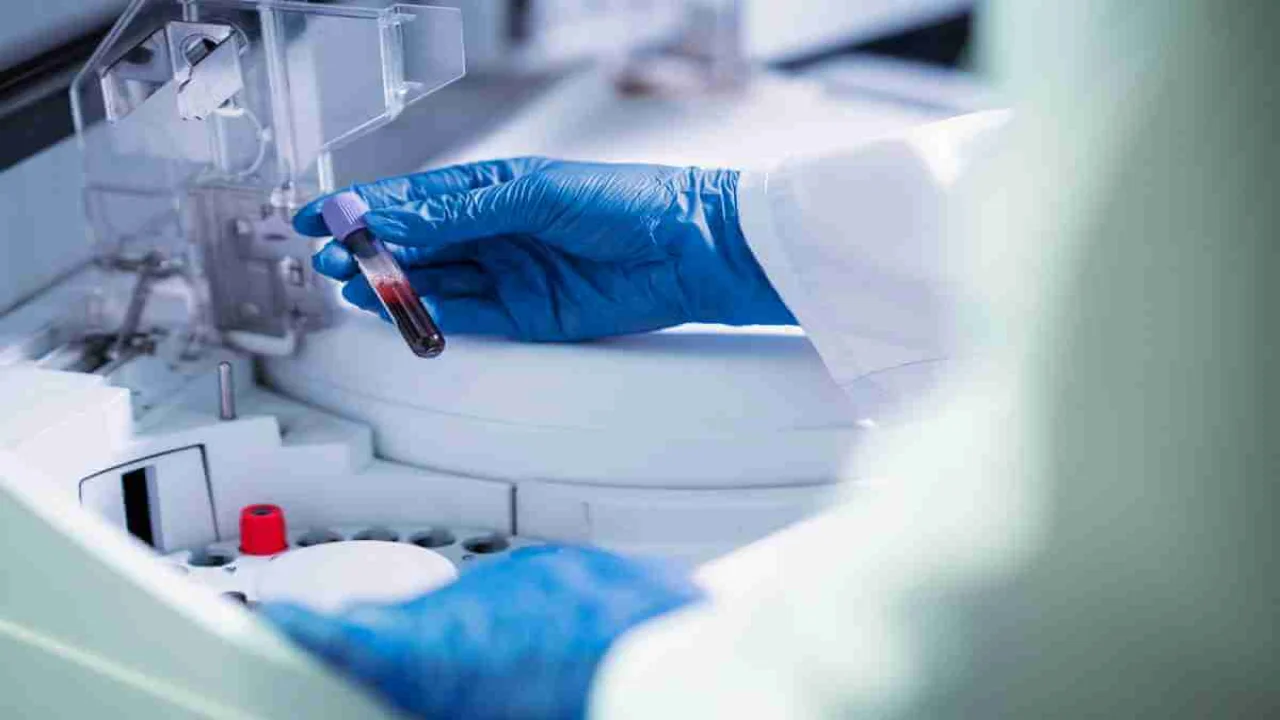Role of Laboratory Testing in Modern Clinical Practice
Laboratory testing converts clinical presentations into definitive diagnoses. Discover how to use tests effectively and understand its limitations.

The implicit reasoning behind diagnostic testing in clinical practice is the conversion of clinical presentation, which is expressed as historical information and physical signs, to a definitive diagnosis. In the past, doctors used to depend mainly on the elicitation of clinical information and the performance of a formal physical examination to determine the status of a patient. Modern access to laboratory procedures has added to that methodology, but the excessive use of expensive laboratory tests is often criticized by those who were trained in a time when such procedures were unavailable. Admittedly, the advance in technology has provided a long list of tests that can either support, or even prompt, the diagnostic hypothesis of the clinician. Here, the term ‘test’ is used to refer to the quantification of a biological component or physiological variable to ascertain whether it is within a normal range or not.
Physiological variability
Some of the measurable variables change systematically with age. A good example is the concentration of haemoglobin: the values are significantly high in neonatal infants and then reduce after birth. This change is physiological rather than pathological, but the same degree in an adult would be considered pathologic without suitable contextual explanation.
Factors of normalcy
A number of things regulate physiological norms. Each of the following factors, age, sex, ethnicity, altitude, body build, physiological condition (e.g., at rest, after exertion, recumbent, or upright), sampling procedure (e.g., with or without application of a tourniquet), temporal storage, container composition, anticoagulant selection, and analytic method has a measurable effect.
Laboratory interpretation
In the face of the differential diagnosis of a particular clinical condition, the practitioner ought to reflect on which biomarkers have adequate sensitivity and specificity to adjudicate among rival diagnostic alternatives. Preliminary ordering of a broad range of investigations should be discouraged as automated workflows may have reduced the cost per test with no change in the financial constraint of available resources. Therefore, the prudent use of diagnostic tests is still necessary.
Limitations
The imperfection of diagnostic accuracy of any given laboratory marker is due to biological variability. Myocardial infarction cannot be completely excluded by the normal electrocardiogram (ECG) of a patient with cardiac pain, e.g. On the other hand, the abnormal test value does not necessarily warrant the diagnosis of disease especially in the face of the possibility of pre-analytic and analytic error. Clinical acumen should thus be used to interpret the results of tests in relation to the contextual history of the patient.
FAQs
Who tests blood in a laboratory?
What is the purpose of performing lab tests?
What is a clinical laboratory?
The information on this page is peer reviewed by a qualified editorial review board member. Learn more about us and our editorial process.
Last reviewed on .
Article history
- Latest version
Cite this page:
- Posted by Dayyal Dungrela